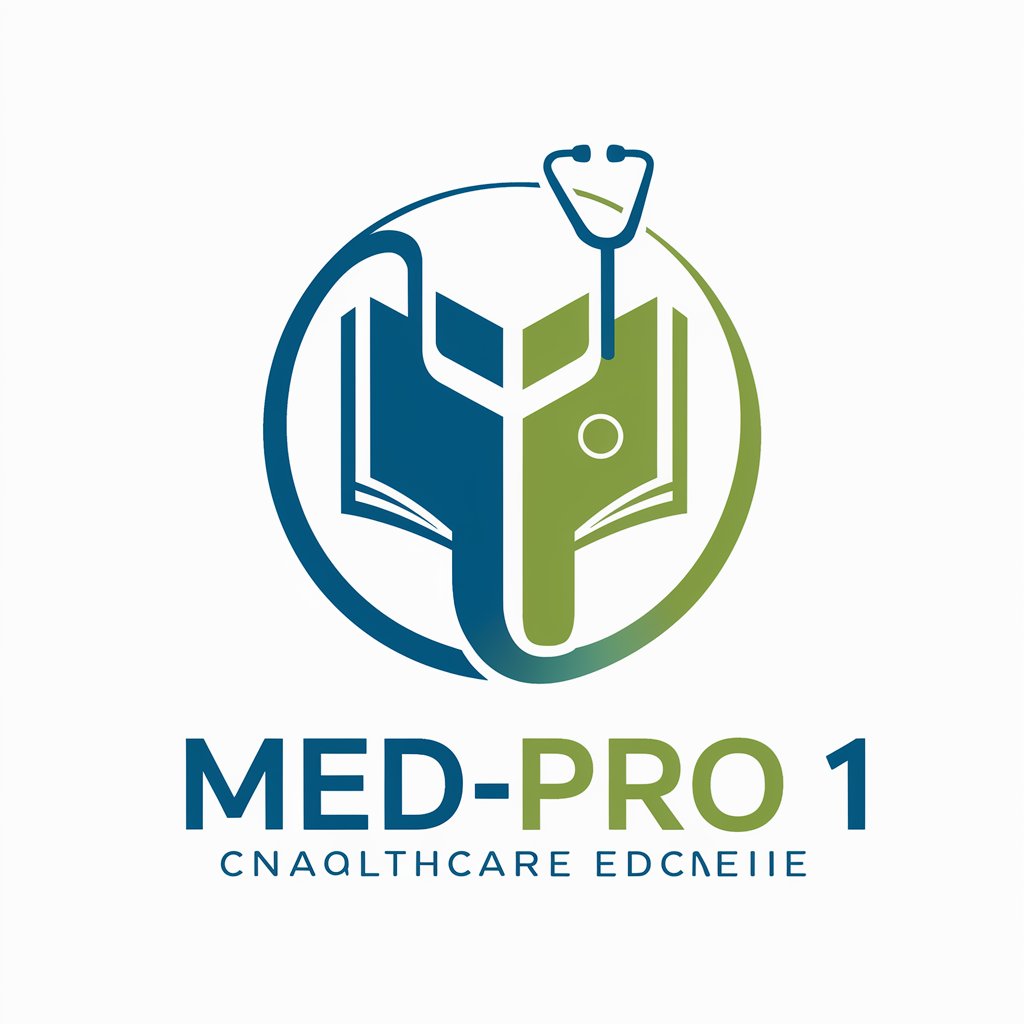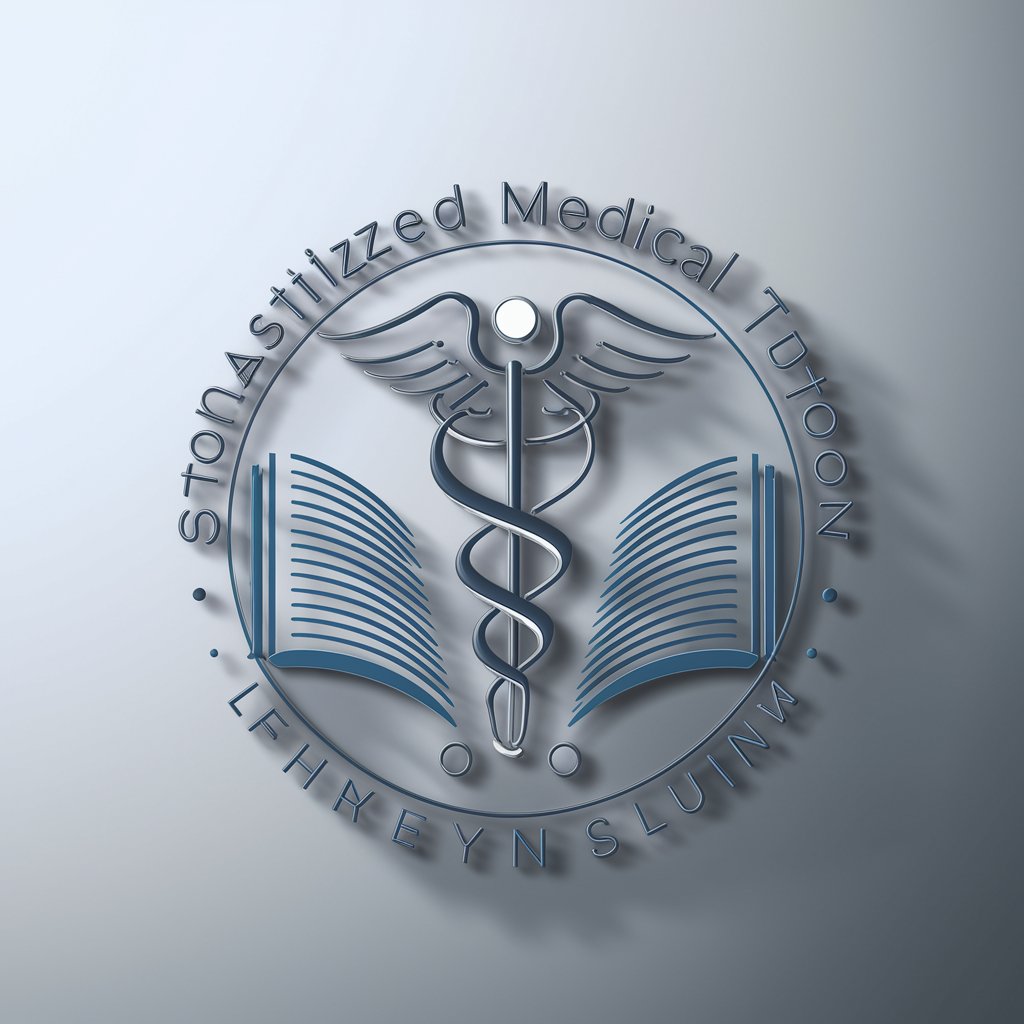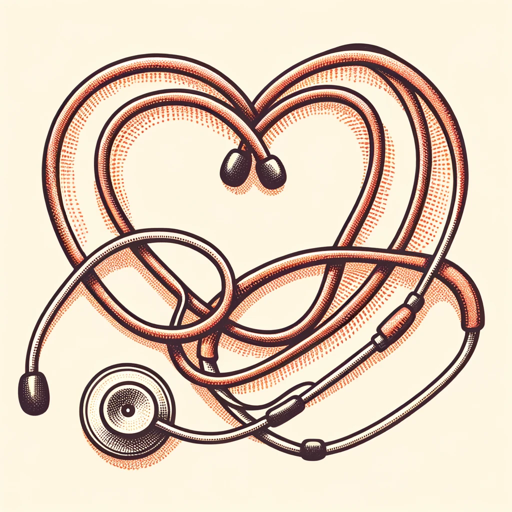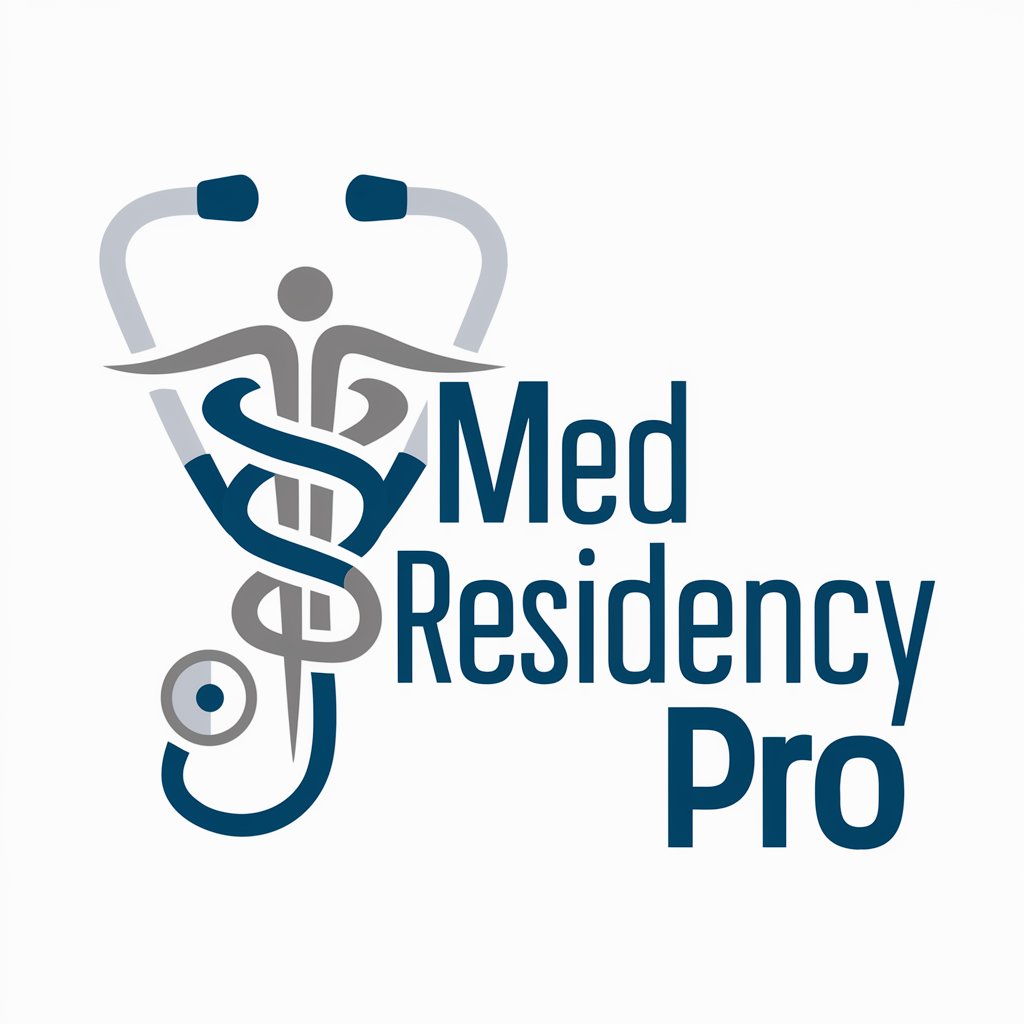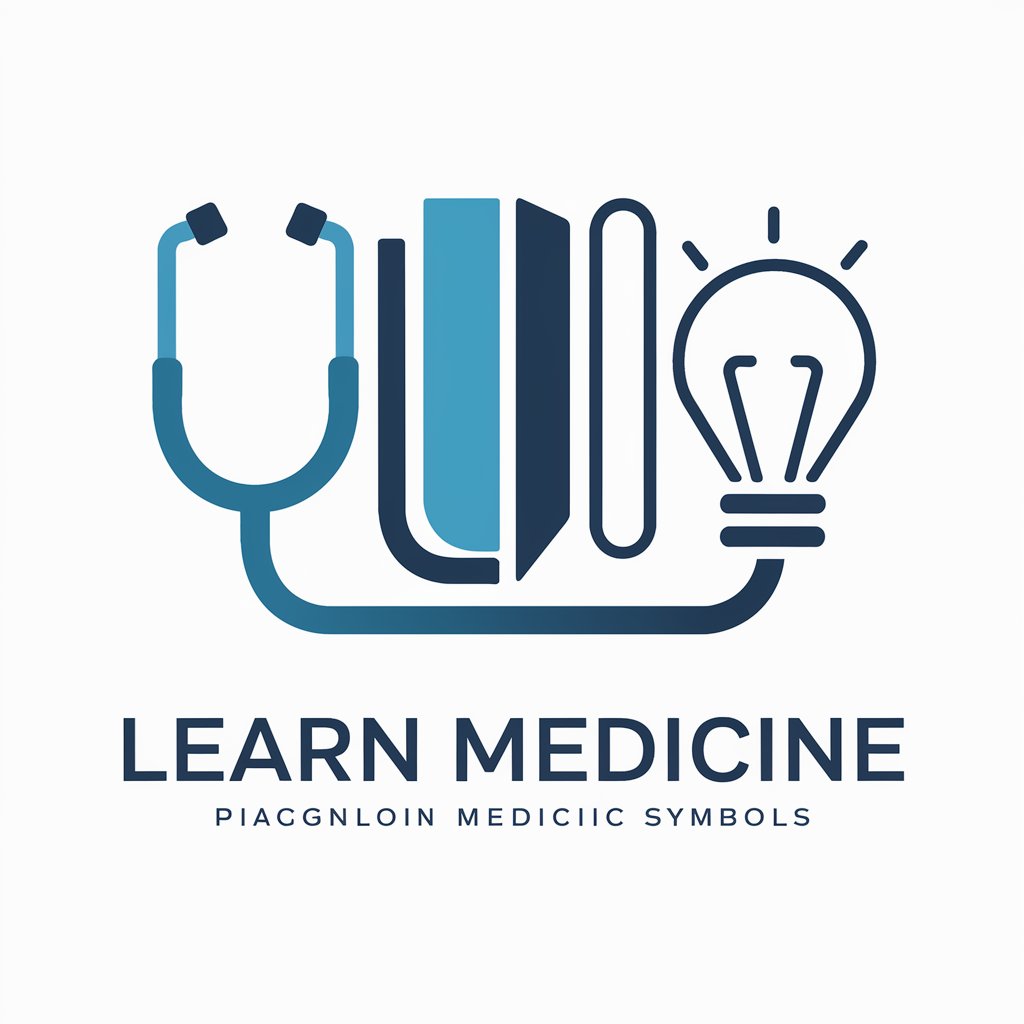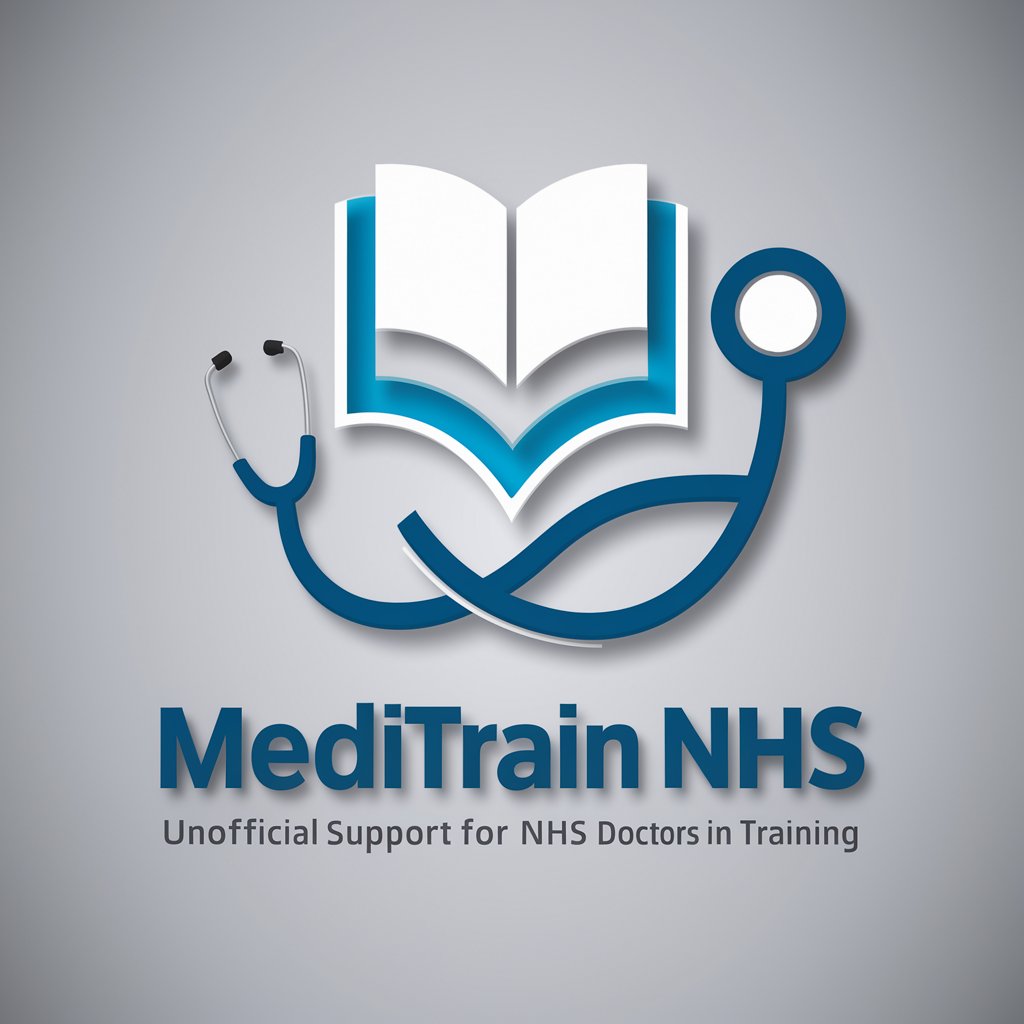
Medical Training - detailed medical guidance
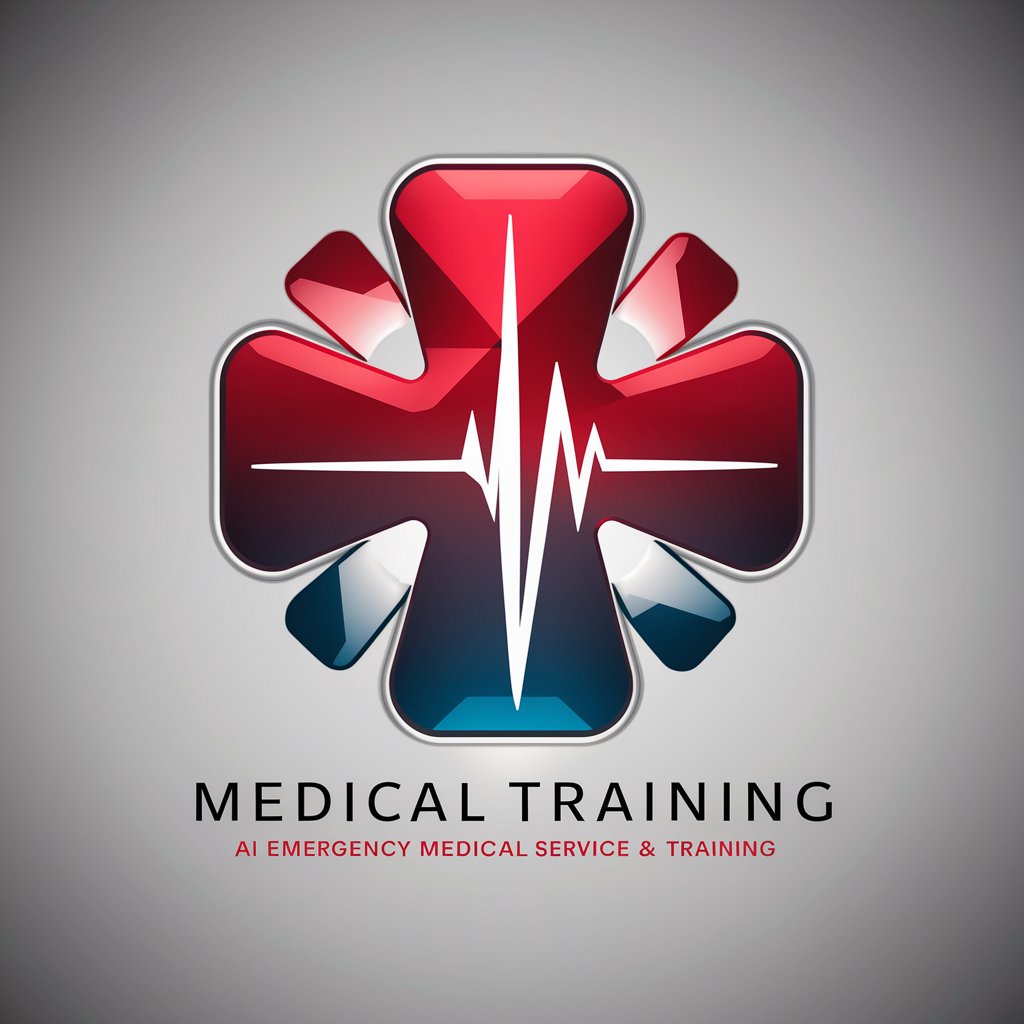
Hello, I'm here to assist with emergency medical training and services.
Empowering medical knowledge with AI
Describe the essential steps in performing CPR.
Explain the management of a patient with suspected spinal injury.
What are the indications for using an automated external defibrillator (AED)?
Outline the initial assessment of a trauma patient in an emergency setting.
Get Embed Code
Overview of Medical Training GPT
Medical Training GPT is designed to assist with emergency medical services and training, providing informative, accurate, and medically-oriented guidance. It focuses on emergency scenarios and medical procedures, supporting medical professionals and trainees in understanding and applying essential medical knowledge in emergency situations. The design purpose is to offer a tool that bridges the gap between theoretical knowledge and practical application, using a vast database of medical information to generate responses. Examples include guiding through the steps of CPR, explaining the management of acute conditions like asthma attacks or stroke, and interpreting symptoms to suggest possible underlying conditions. Powered by ChatGPT-4o。

Key Functions of Medical Training GPT
Procedure Guidance
Example
Providing step-by-step instructions for performing cardiopulmonary resuscitation (CPR)
Scenario
A bystander with basic first aid training encounters a person who has collapsed and is not breathing. The GPT guides them through performing CPR until emergency services arrive.
Symptom Analysis
Example
Analyzing symptoms to suggest possible conditions and advise on the next steps
Scenario
A healthcare professional encounters a patient with a set of symptoms that could indicate a myocardial infarction. The GPT helps in identifying key symptoms and suggesting a rapid response strategy.
Emergency Preparedness
Example
Offering advice on emergency preparedness, including what to include in a first aid kit or how to prepare for common emergencies
Scenario
An organization planning to improve workplace safety seeks guidance on preparing for medical emergencies. The GPT provides comprehensive advice on first aid kits and emergency action plans.
Medical Knowledge Enhancement
Example
Facilitating the learning of complex medical concepts through detailed explanations and examples
Scenario
Medical students studying for exams require a deeper understanding of certain diseases. The GPT offers detailed explanations, mechanisms, and clinical presentation, aiding their study process.
Target User Groups for Medical Training GPT
Healthcare Professionals
Doctors, nurses, paramedics, and other medical staff who require quick, accurate information or need to refresh their knowledge on specific medical procedures and emergency care.
Medical Students and Trainees
Individuals in medical school or training programs looking to supplement their learning with detailed explanations, scenarios, and practical guidance on various medical topics.
First Responders and Emergency Personnel
Firefighters, police officers, and other emergency responders who benefit from quick access to medical information and guidance in emergency situations.
General Public with Basic First Aid Training
People with basic first aid knowledge seeking to improve their ability to respond to medical emergencies, from performing CPR to managing minor injuries or conditions.

How to Utilize Medical Training
1
Start with a visit to yeschat.ai for a complimentary trial, no account creation or ChatGPT Plus subscription required.
2
Identify your learning objectives or the specific medical scenarios you wish to explore or get training on.
3
Use specific, medically oriented queries to obtain accurate, detailed, and professional guidance on emergency medical situations.
4
Apply the provided information in simulated training environments or educational settings to enhance your medical knowledge and emergency response skills.
5
Regularly engage with new scenarios and questions to broaden your medical expertise and stay updated with current best practices.
Try other advanced and practical GPTs
Achieving Greatness
Empowering Your Journey to Self-Improvement

Dog Training
Empower your dog training with AI
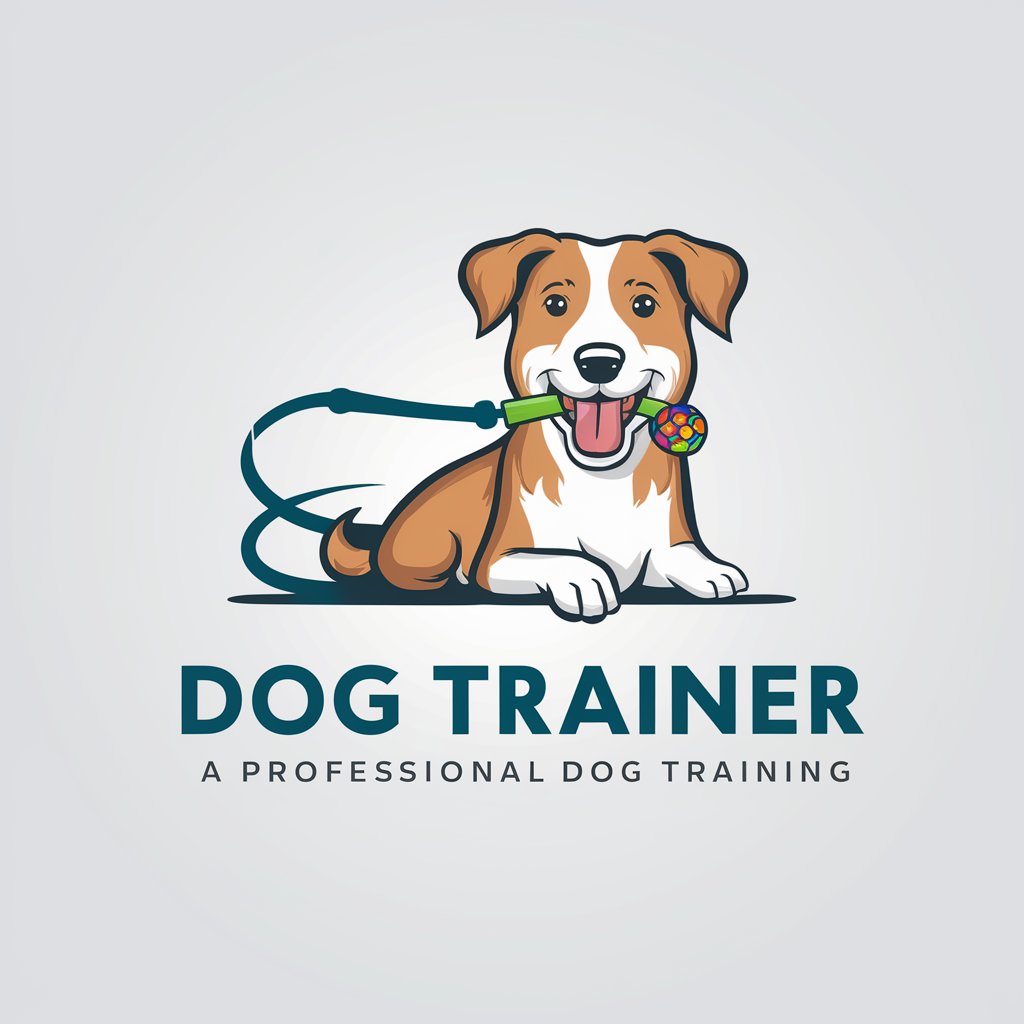
SnR GPT
Master Forex with AI Insight
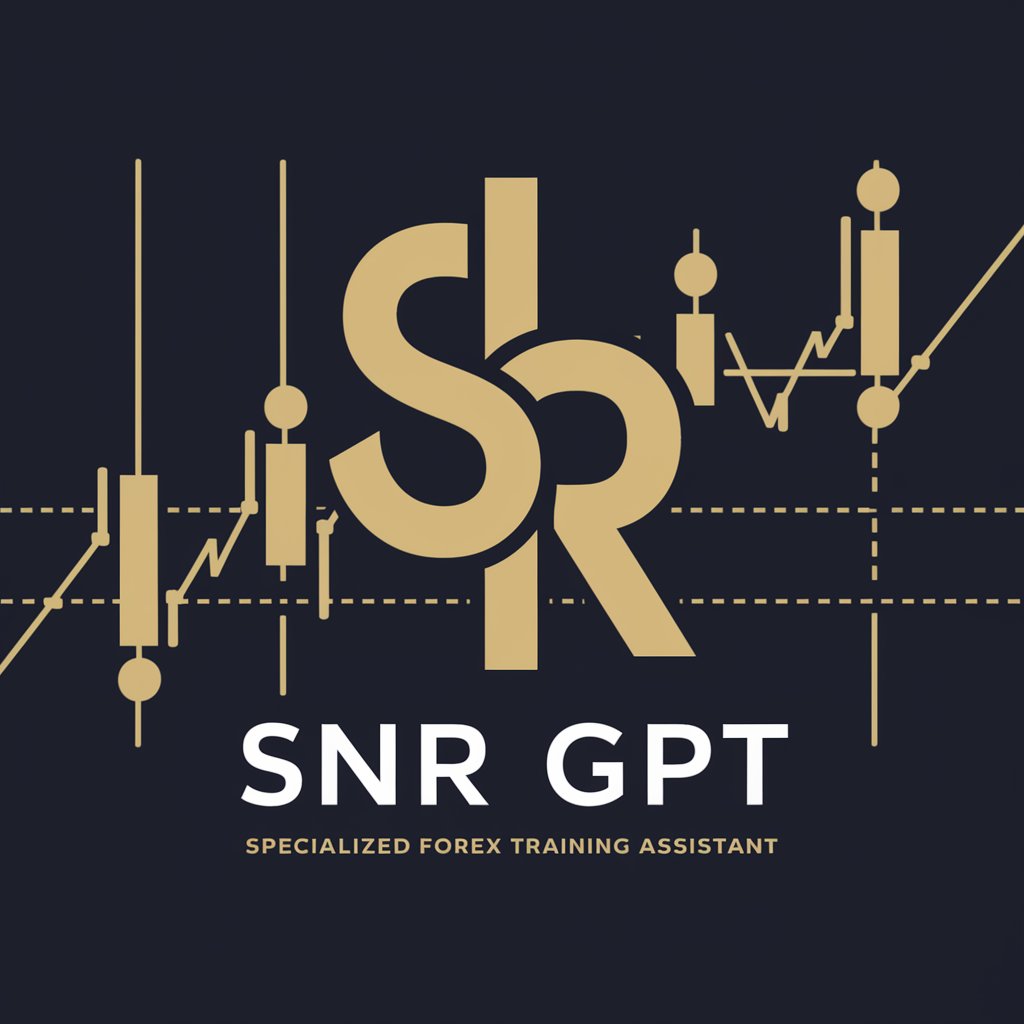
Pace Professor
AI-Powered Personalized Coaching and Academic Guidance

Weightlifting
Elevate Your Strength with AI

FIT GPT
Your Personal AI Fitness Companion
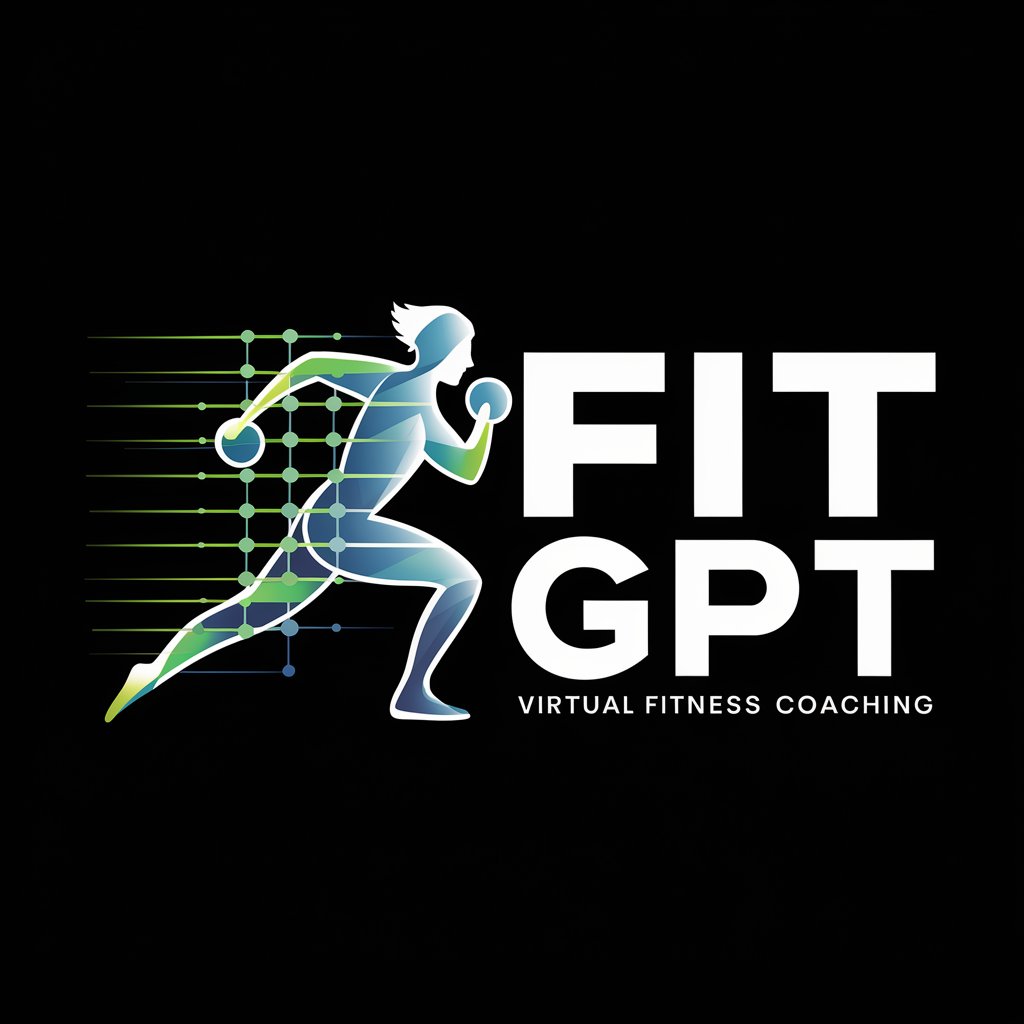
Potty Training
AI-powered Potty Training Assistant
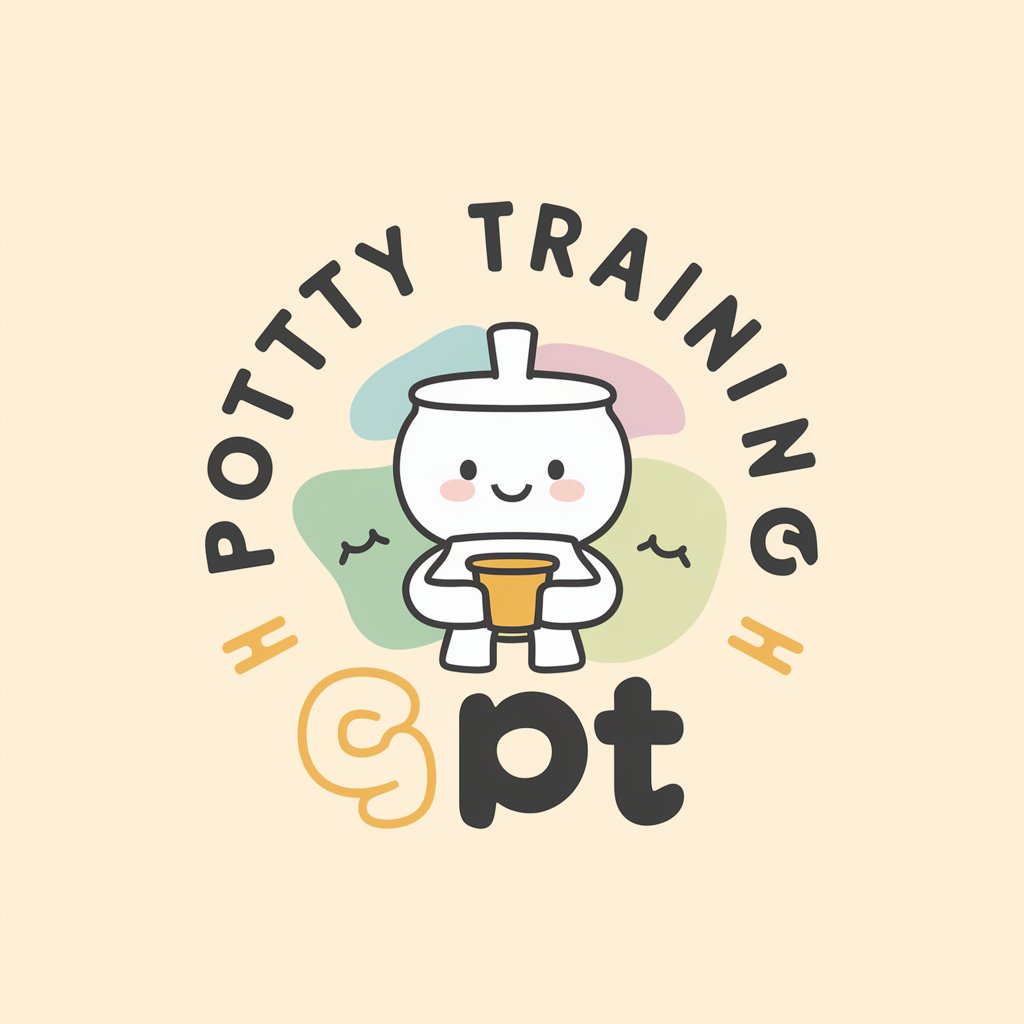
Food
Elevate Your Cooking with AI-Powered Assistance

OBH NutriCare Guide
Empowering healthier communities with AI.
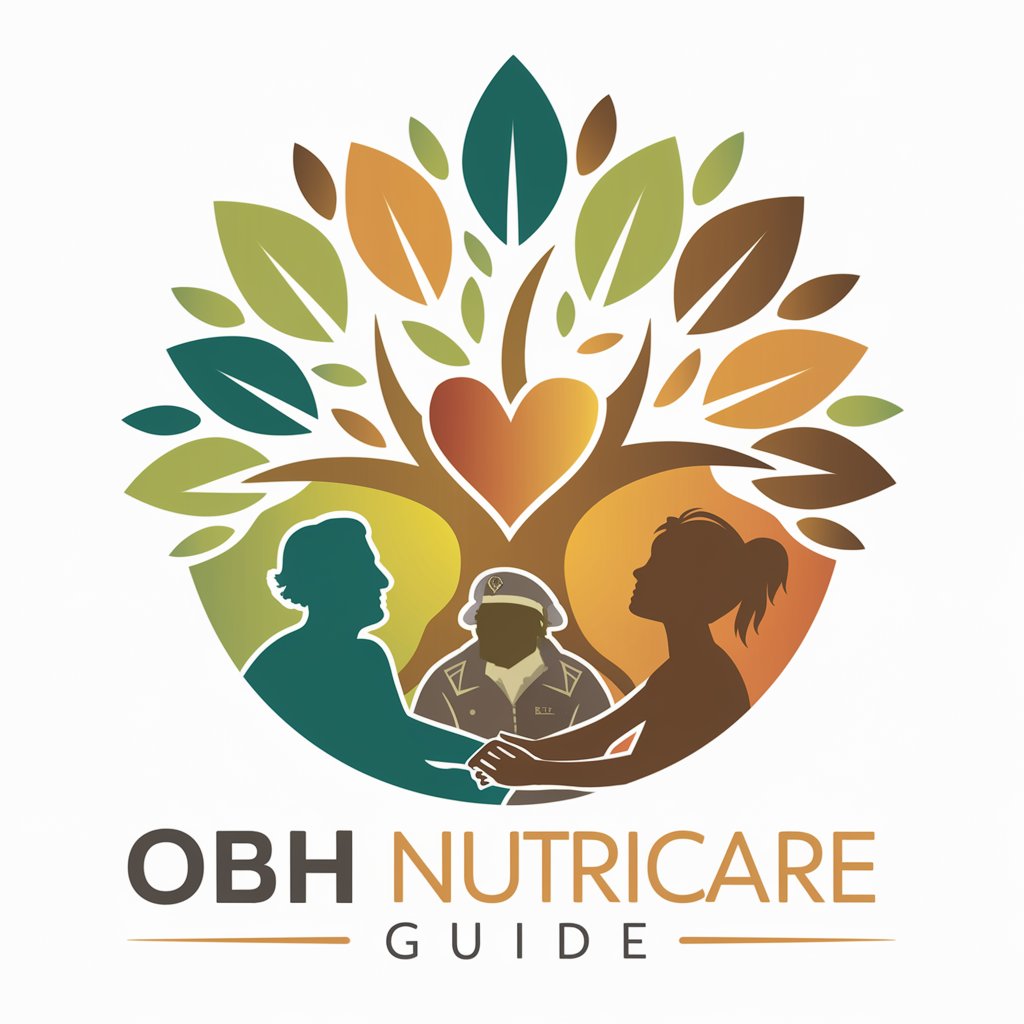
Baby Food
Nourishing Your Baby with AI
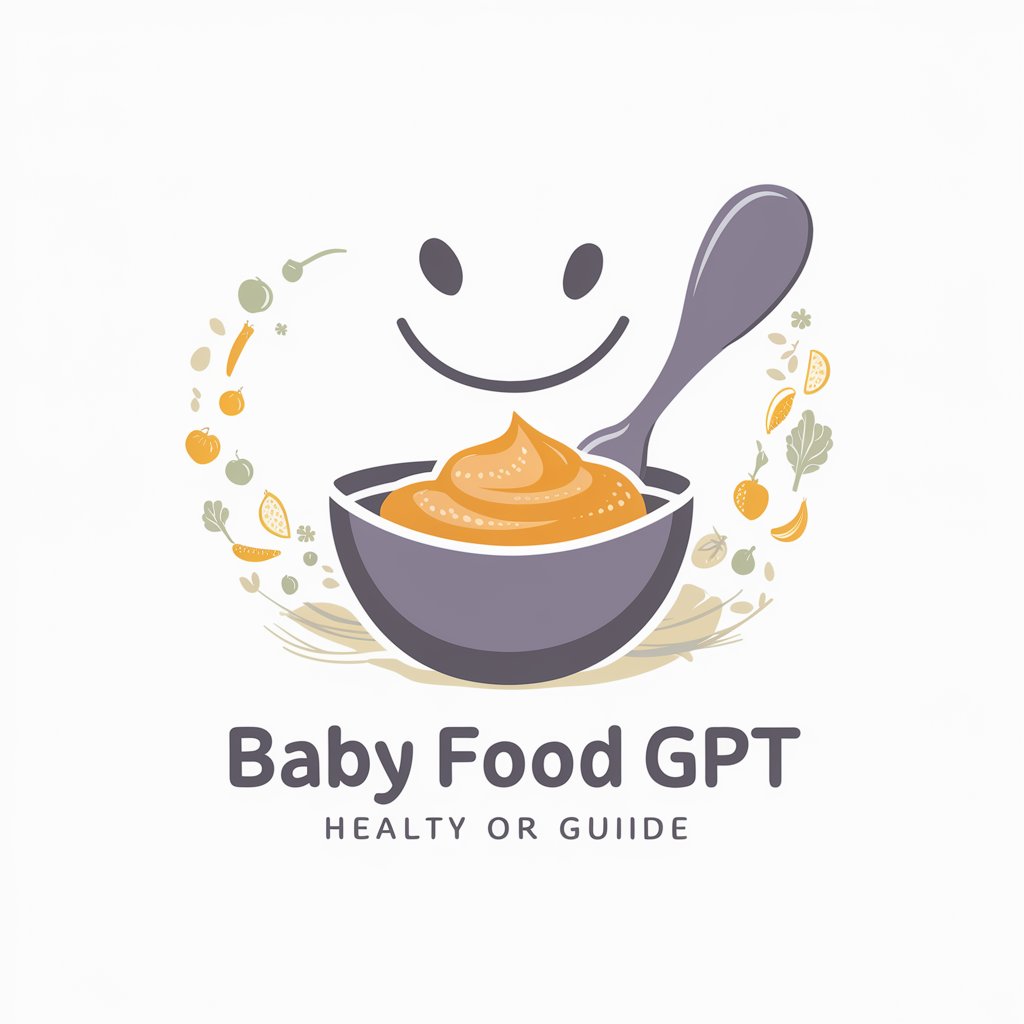
Chinese Food
Unleash culinary creativity with AI-powered Chinese cooking insights.
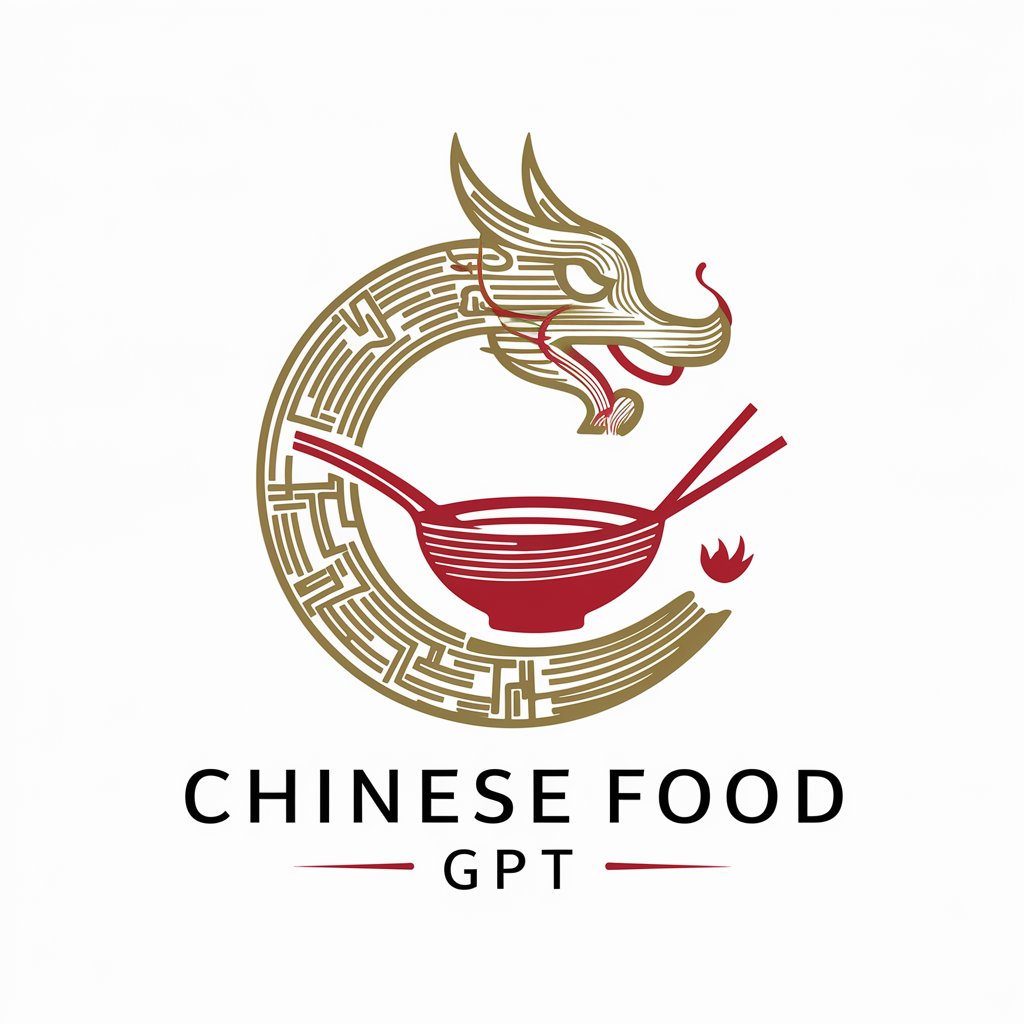
Indian Food
Explore Authentic Indian Flavors AI-Powered
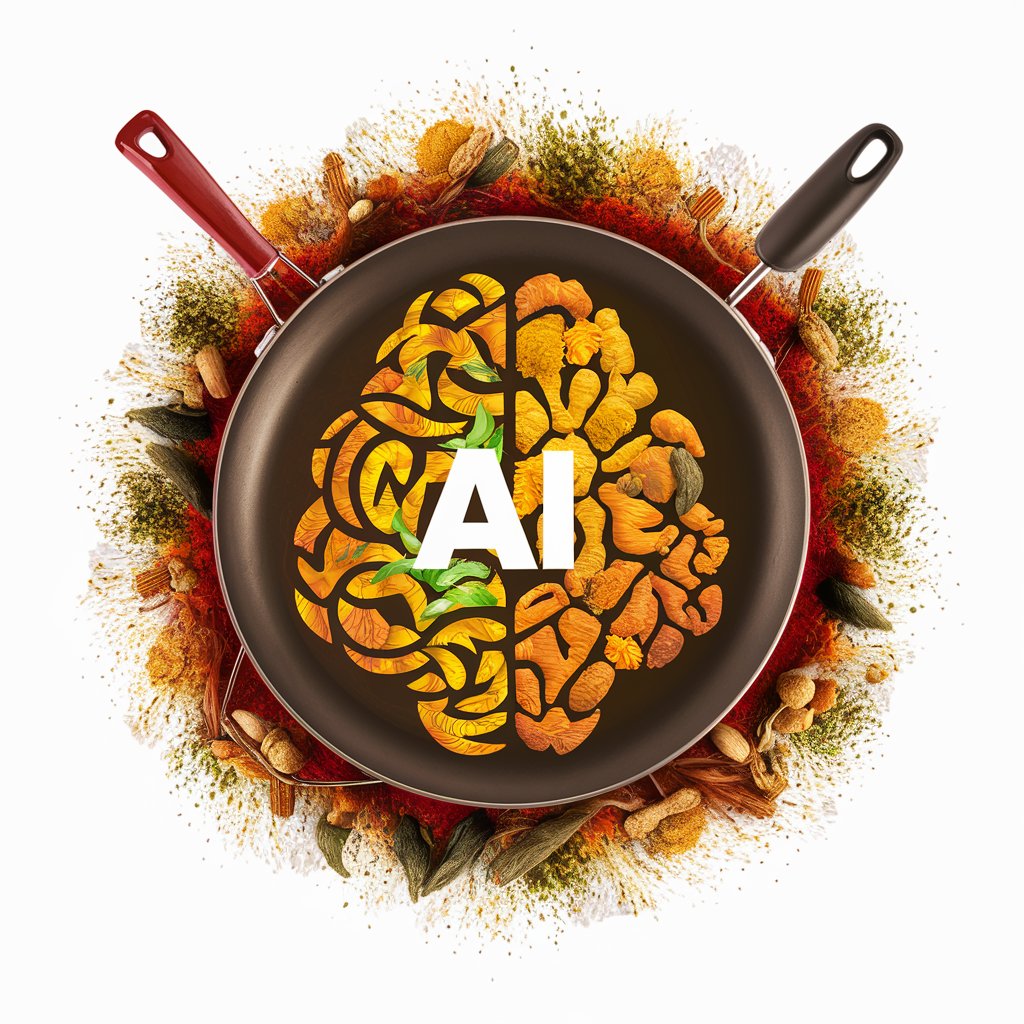
Frequently Asked Questions about Medical Training
What type of medical scenarios can Medical Training assist with?
Medical Training provides guidance on a wide range of emergency medical scenarios, including cardiac arrest, trauma management, stroke identification, and basic life support techniques.
Can Medical Training be used for professional certification?
While Medical Training offers valuable knowledge, it's designed to supplement professional education and cannot replace formal certification programs required for medical professionals.
How current is the information provided by Medical Training?
The information is regularly updated to reflect current medical guidelines and practices, ensuring users receive the most accurate and relevant advice.
Is Medical Training suitable for individuals without medical background?
Yes, it's designed to be accessible to both medical professionals and those with no medical background, providing clear, concise explanations and guidelines.
How can Medical Training enhance practical medical skills?
Through detailed scenarios and guidance, users can apply learned concepts in simulated environments or educational settings, thereby improving their practical skills and response efficiency in real-world situations.

